This phenomenon has led to fierce debates between the need for personal space and business pressures.
Cagongjok culture exploded in the early 2010s in South Korea with the rapid expansion of franchise coffee chains. This concept refers to the act of “rooting” at beverage shops to use free electricity and wifi for the price of just a cup of water.
The popular target audience in Cagongjok culture is students. This group has limited budgets but lacks comfortable, convenient spaces to study. Therefore, they often sit in groups or individually at coffee shops after school. During exam season, this group almost “roots” at the cafe.
In Daechi, Seoul, Hyun Sung-joo, the owner of a small coffee shop, is facing a dilemma. Some customers bring two laptops and a six-port power outlet, setting up a “mini office” and sitting there all day. With high rent costs, Hyun said it would be difficult to sustain his business if this situation became common.
It’s not just small shops, even Starbucks Korea, the country’s largest coffee chain, is facing a similar situation. The company recently issued guidelines to limit “extreme cases” such as customers bringing in desktop monitors, printers, or leaving desks empty for hours.
This policy has caused mixed reactions. Some customers welcome it, seeing it as a necessary step for coffee shops to return to their true function as places to relax and chat.
They say that taking up too much space makes it difficult for latecomers to find a seat, and that the quiet atmosphere makes people who want to socialize feel awkward. Conversely, some criticize Starbucks for abandoning the “hands-off” tradition that once made it so appealing.
While large chains can set nationwide rules, small cafes are left to fend for themselves. Some accept Cagongjok as regulars as long as they respect the public space and order additional drinks. Others, by contrast, impose strict measures like limiting seating times, setting up “no-study zones,” or even turning off electrical outlets.
“Two customers could sit for 10 hours, taking up space for 10 other people,” said Kim, owner of the Jeonju cafe. “We eventually had to limit studying to a maximum of two hours. This is to prevent conflicts between customers.”
On the other hand, Cagongjok also reflects the fierce competitive pressure in Korean society. Students have to prepare for the Suneung college entrance exam, young people face an unstable job market and cramped housing conditions. Professor Choi Ra-young, working at Ansan University, believes that this phenomenon stems from the lack of suitable public spaces for studying and working.
With nearly 70% of Generation Z in South Korea reporting that they study at a coffee shop at least once a week, Cagongjok is unlikely to disappear completely. The solution, experts say, is not to banish Cagongjok, but to create multifunctional spaces where studying and chatting can coexist.
“We need guidelines and inclusive environments, rather than just eliminating this phenomenon. If organized properly, coffee shops can become true community spaces for modern society,” said Professor Choi Ra-young, working at Ansan University, South Korea.
Source: https://giaoducthoidai.vn/han-quoc-quan-ca-phe-tro-thanh-phong-hoc-post745787.html




![[Photo] Panorama of the 29th Congress of the Party Committee of Nhan Dan Newspaper](https://vphoto.vietnam.vn/thumb/1200x675/vietnam/resource/IMAGE/2025/8/27/aa31210f7e2b47de948b2b60dde20aff)


![[Photo] Many people eagerly await the preliminary review despite heavy rain](https://vphoto.vietnam.vn/thumb/1200x675/vietnam/resource/IMAGE/2025/8/27/4dc782c65c1244b196890448bafa9b69)



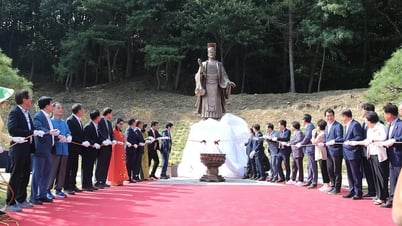

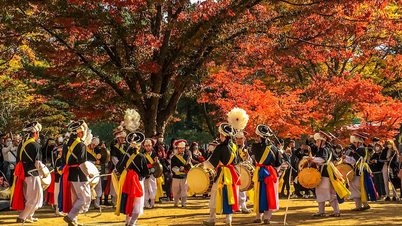



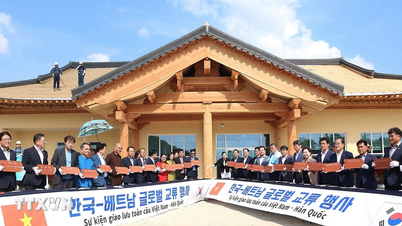






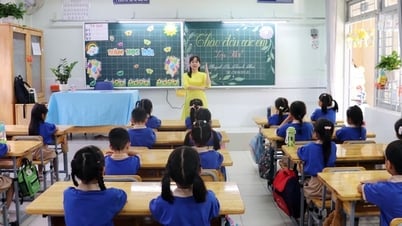


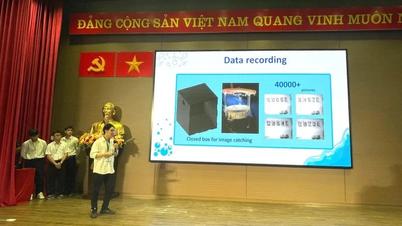







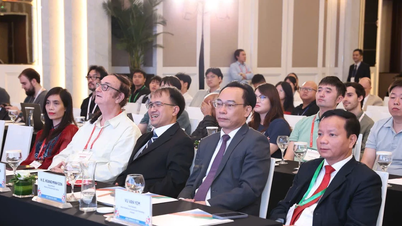


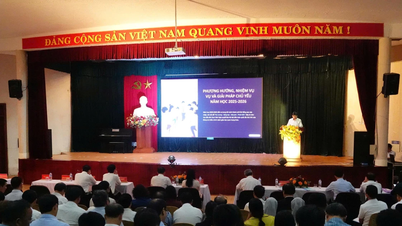








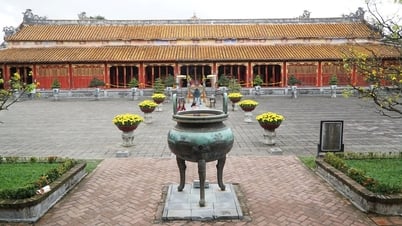







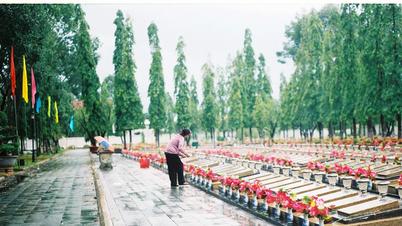

















































Comment (0)